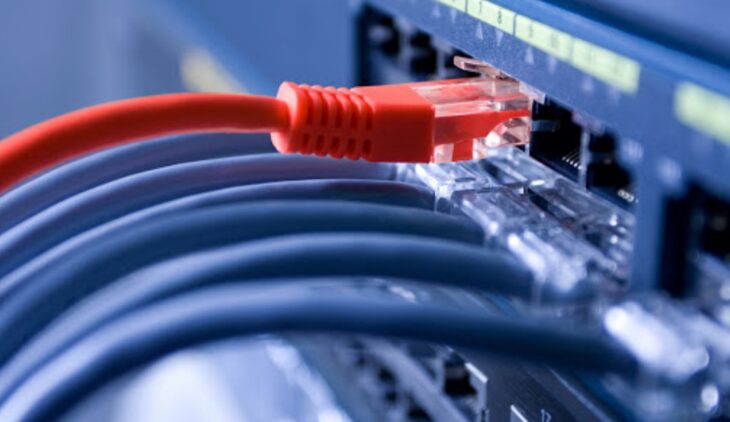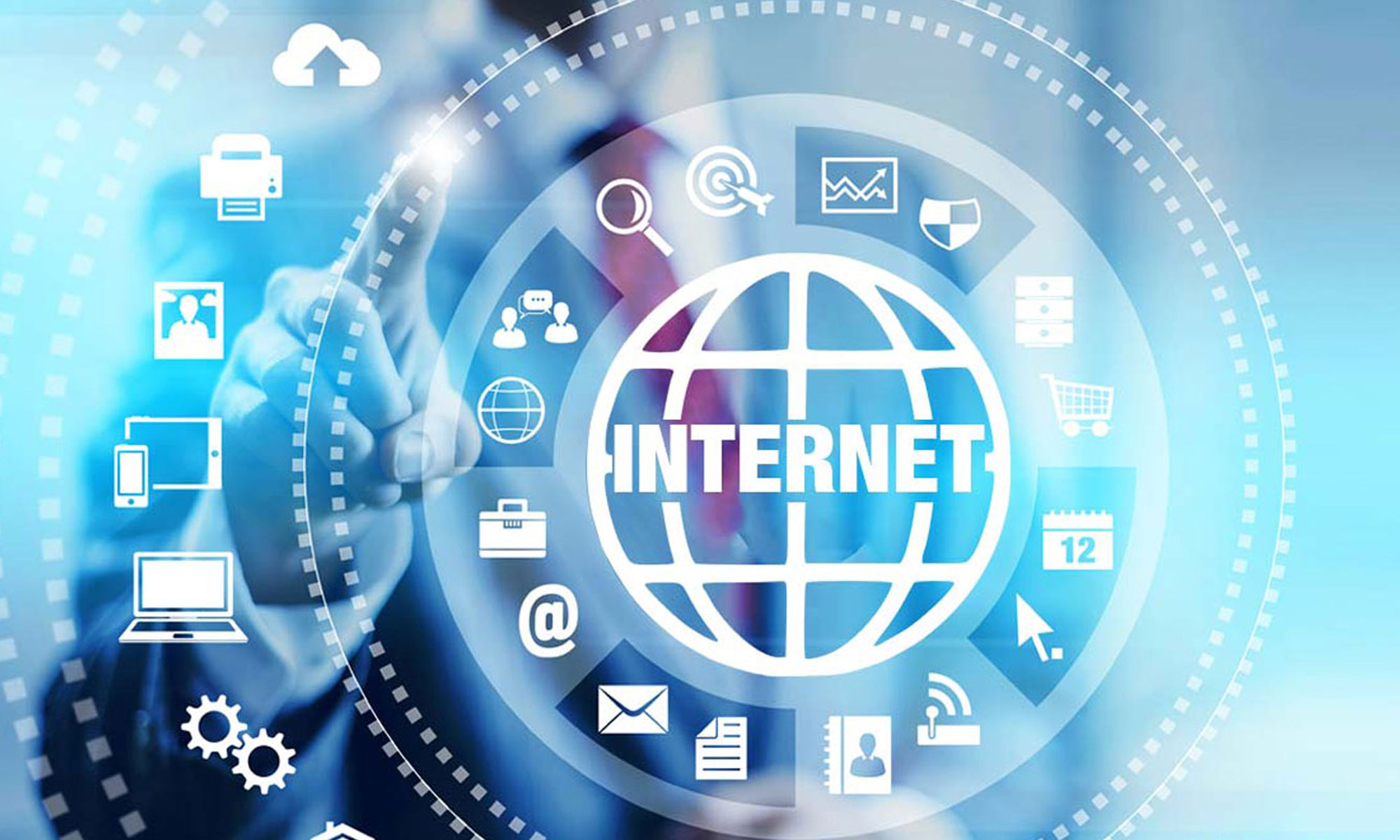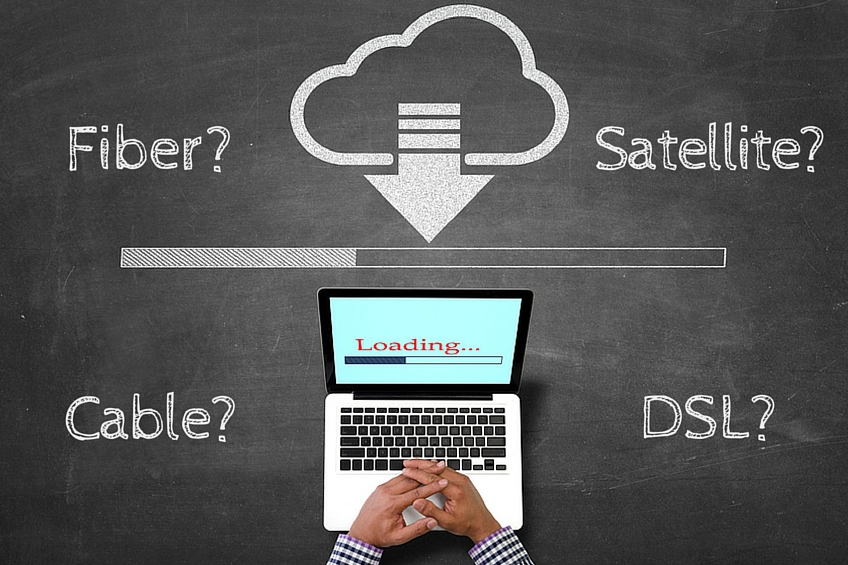
Which Internet Connection Type is Best for You?
The digital world is a tricky one to start with and when you add to it the decision of choosing an internet connection that suits you best, things can quickly get overwhelming for the weak at heart. However, it’s not too bad once you understand how things work. If you’ve been wondering which type of internet connection is best for you, or what exactly is the difference between the different types available out there? Fret no more because you’ve come to the right place. Today we’ll discuss everything about internet connections and how to figure out the best one for yourself.
Basic Terms to Understand Internet Connections
First, let’s clarify a few basic terms that are commonly used in the world of internet connections.

- Internet Service Provider (ISP):
ISPs are companies that provide you access to internet connections for your home as well as business. These can be both wired as well as wireless connections, depending on the ISP. For example, CenturyLink is a DSL provider whereas Optimum provides cable internet and HughesNet is famous for satellite internet. We’ll discuss the difference in a bit.
- Broadband:
This is a general term used for all high-speed internet connections that can provide speeds higher than 4 Mbps. So, except for the age-old dial-up connection we used back in the early days of the internet, every other connection is known as broadband.
- Bandwidth:
This is the theoretically maximum download speed advertised by your ISP. Essentially, this is the maximum speed at which data can be transferred between your computer and a distant device.
- Throughput:
This, on the other hand, is the actual download speed that you will receive in the real-world, and is usually lower than the bandwidth. Even though these terms are used interchangeably, you can see they are quite different.
- Uptime:
The entire time an internet connection is fully functional and usable is called the uptime.
- Downtime:
Likewise, all the time that an internet connection is having problems and outages is known as the downtime.
- Latency/ Ping:
This is the time it takes data to travel between a server and your device and is measured in milliseconds. A general rule of thumb is that the lower the latency the better. This plays a key role for online gamers.
- IP Address:
Your home or business addresses are unique, thus, help in locating you. Likewise, an IP address is the unique address of your device that’s connected to the internet. This helps in locating you in the vast world of the internet.
Types of Internet Connections Available
There are four types of broadband internet connections that are available in the U.S. Let me explain each briefly for your understanding.

- Digital Subscriber Line (DSL):
DSL was the first-ever broadband connection to be widely available after the age of dial-up. DSL is delivered through the same copper lines used for telephone connections but does not interfere in your telephone usage like the dial-up connection used to. A DSL modem is used to access the internet connection at your location and can further be connected to your devices through wires or a wireless router. Speeds lower as the distance from the telephone exchange to your location increases. The closer you are, the better.
- Cable:
Cable internet, as the name suggests is provided through the same coaxial cables that have been used forever to provide you with cable television. Hence, it is widely available and can be accessed simply by connecting your cable internet modem/router to a wall jack. The Wi-Fi router, in turn, provides wireless signals to all your devices. However, speeds may vary during the day according to network congestion. In peak hours you may face slower speeds as the whole neighborhood is online just like you are and they are also using the same network.
- Fiber Optic:
This type of internet is the latest technology in the internet market and is provided through fiber-optic (plastic fiber) cables. These cables allow you to receive astoundingly fast symmetric internet speeds regardless of the usage through beams of light transmitted via the hair like plastic fibers. However, there is still limited availability of fiber optic internet connections because of the lack of infrastructure. If available to you and fits your budget, this is the best option out there.
- Satellite:
This is the only internet connection available to anyone and everyone regardless of location. For the above three types, your access is limited to the coverage of the ISPs who usually don’t cover rural areas. Therefore, satellite internet is a lifesaver for people at remote locations unable to access any sort of wired connection.
As the name suggests, satellite internet is accessed through a modem/router connected to a satellite dish that is installed on your roof or balcony. This dish catches radio signals from the satellites orbiting Earth and converts them into internet signals for you. The only requirement is that the dish must be perfectly aligned with a clear view of the southern sky. Any obstruction can affect the quality of signals. Speeds offered aren’t even close to DSL but are good enough to keep you connected.
The following table also gives a quick comparison of price ranges, upload speeds, and download speeds for every type of internet discussed above. This should make things even clearer for you.
| Type | Download Speed | Upload Speed | Price / Month |
| DSL | Up to 500 Mbps | Up to 8 Mbps | $20 to $300 |
| Cable | Up to 1000 Mbps | Up to 50 Mbps | $50 to $500 |
| Fiber Optic | Up to 1 Gbps | Up to 880 Mbps | $50 to $650 |
| Satellite | Up to 100 Mbps | Up to 4 Mbps | $50 to $500 |
Few Other Things to Consider

Now that you understand all the terms that are normally used by ISP representatives and the types of internet connections available, also keep the below-mentioned things in mind when deciding.
- Do you need an internet connection for your home or business? ISPs offer much higher speeds for business connections as the usage is much higher than an average home.
- Location is key, since not all types are available everywhere. Generally, urban populations have access to all types, whereas the rural population is left with satellite internet only.
- Your household’s usage will dictate the download and upload speed that you’ll need to sign up for. If you’re the only one in the house and only use the internet for emails and social media a lower-tier package would do. However, if you’re a few people who love to stream and play games as well then you may want to go for speeds of 100 Mbps and above according to your affordability.
- Also, consider the contract terms and data limits offered. It is best to go for an ISP with no contract policy and unlimited data.
- Equipment and installation charges are usually on top of the base price so you’ll end up paying more than advertised. It is good to confirm these upon sign up.
I hope you have a much better idea about internet connections and can confidently make a decision for yourself now.